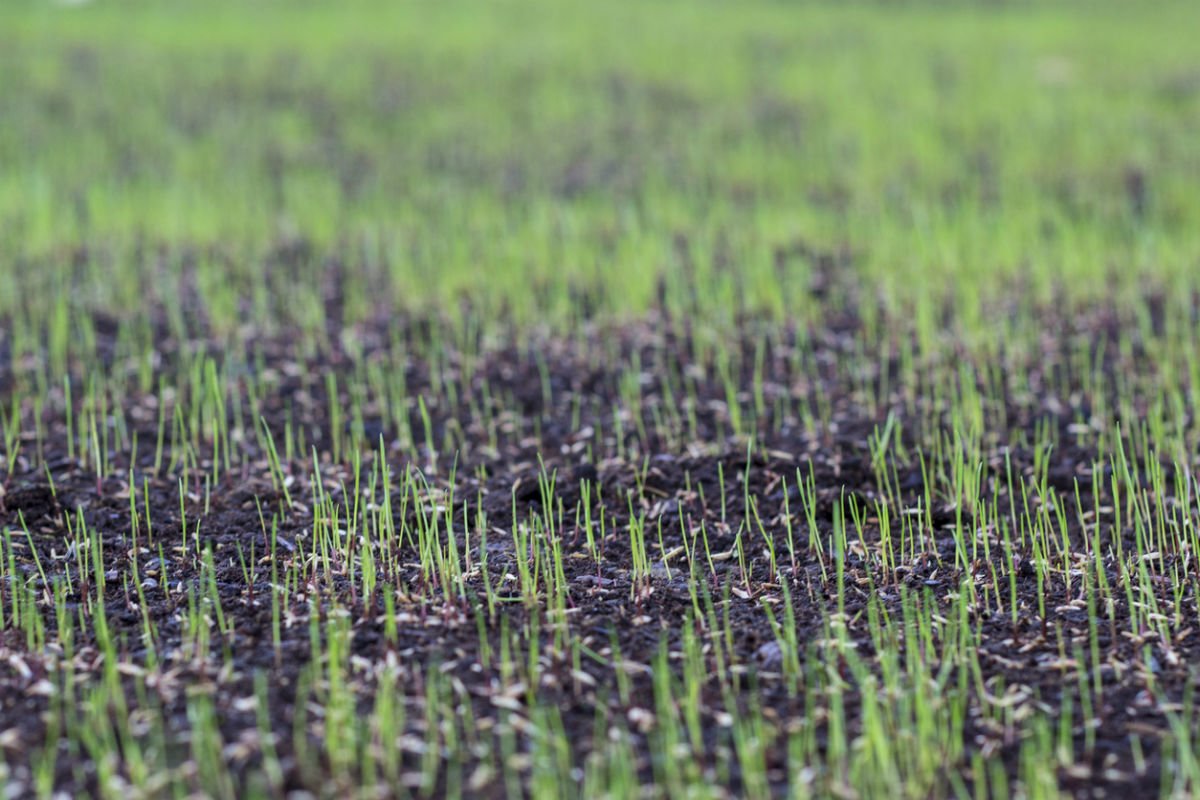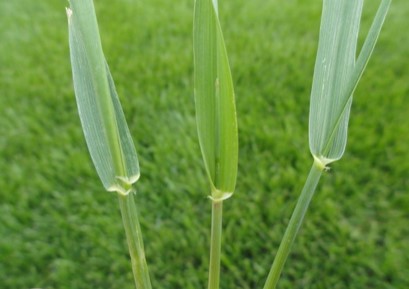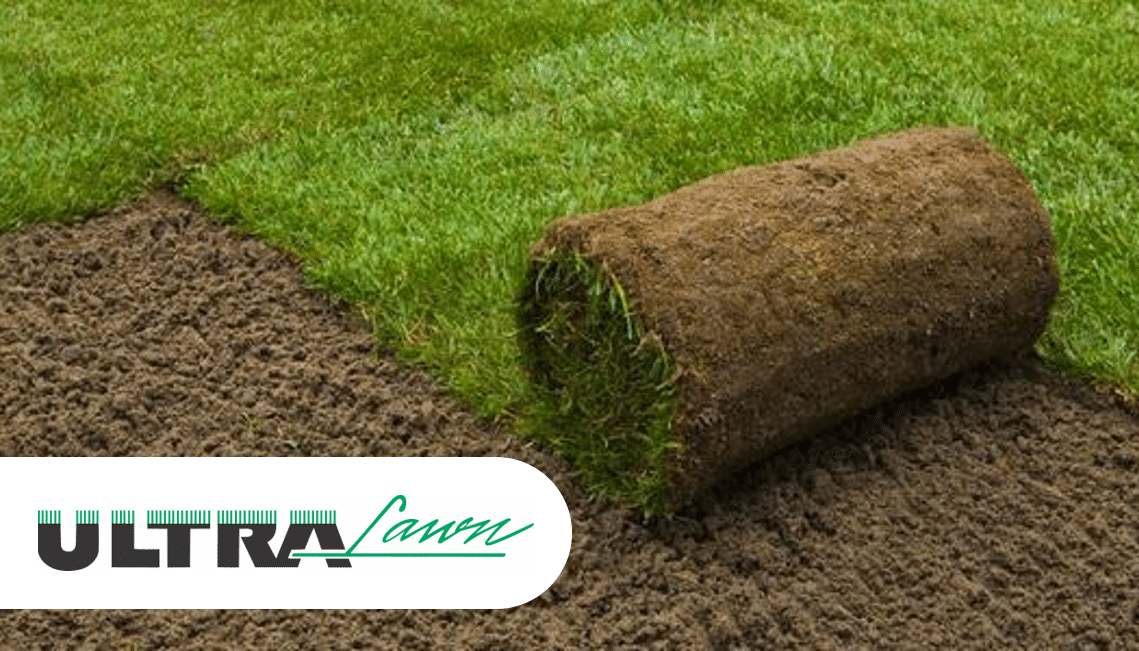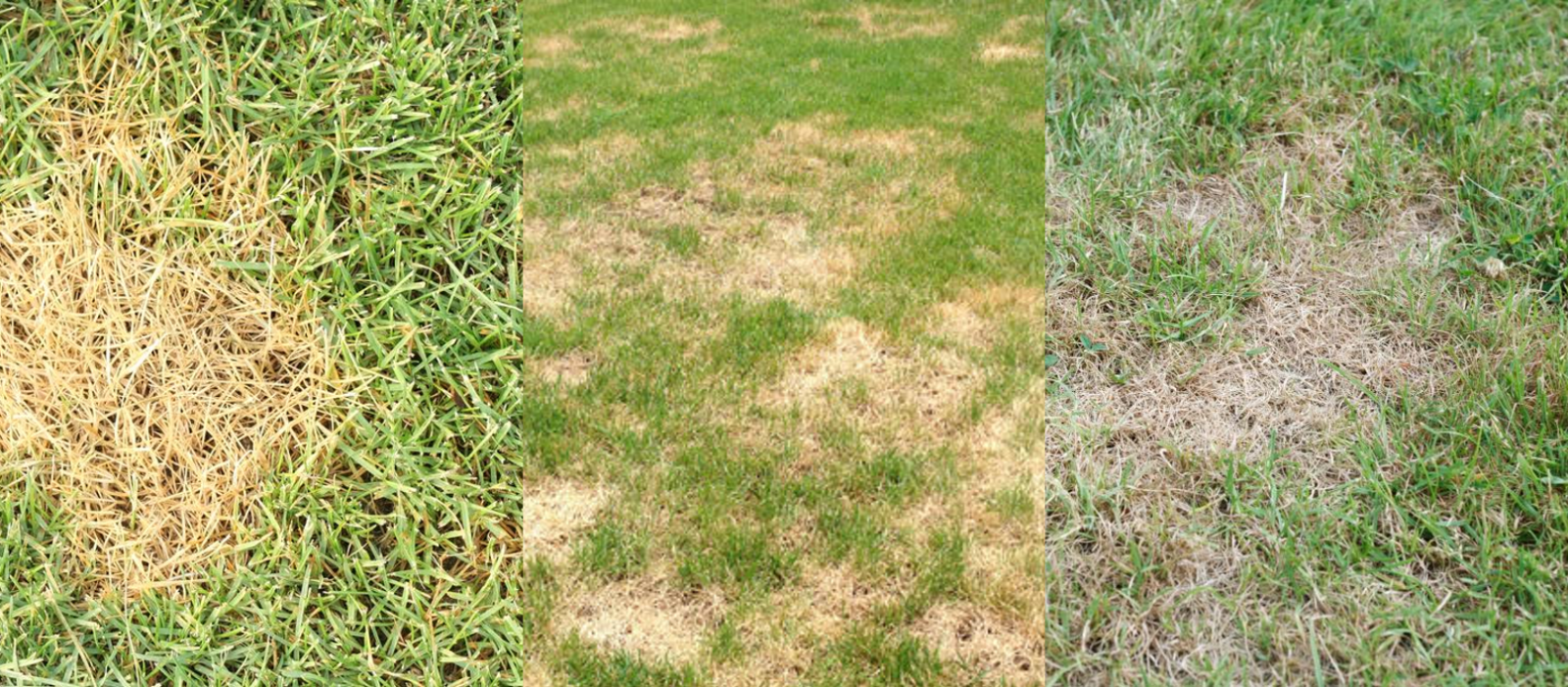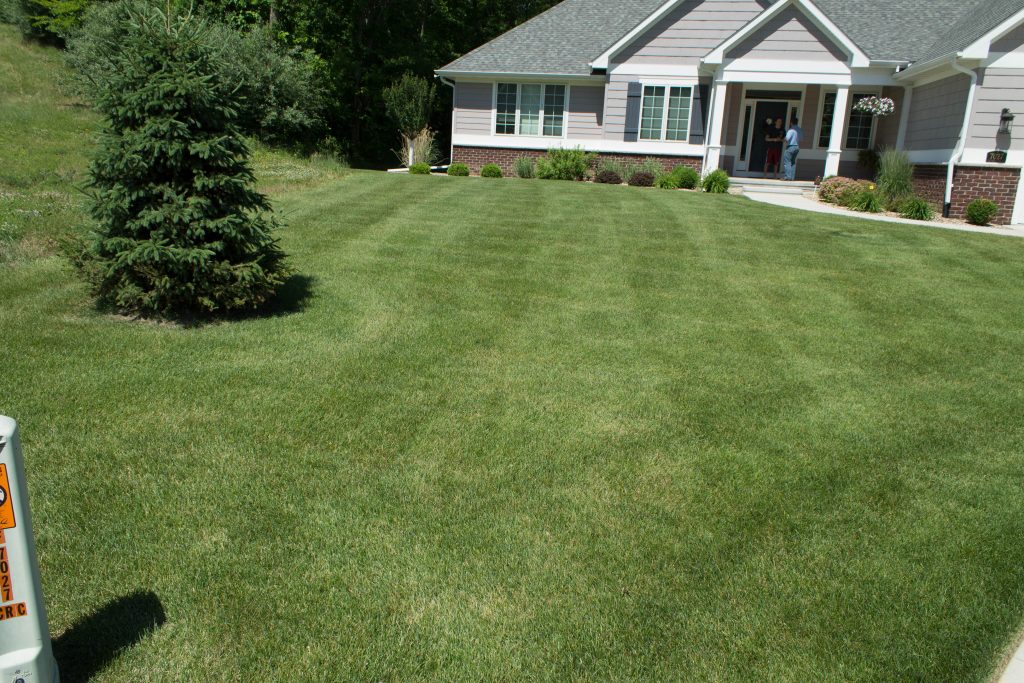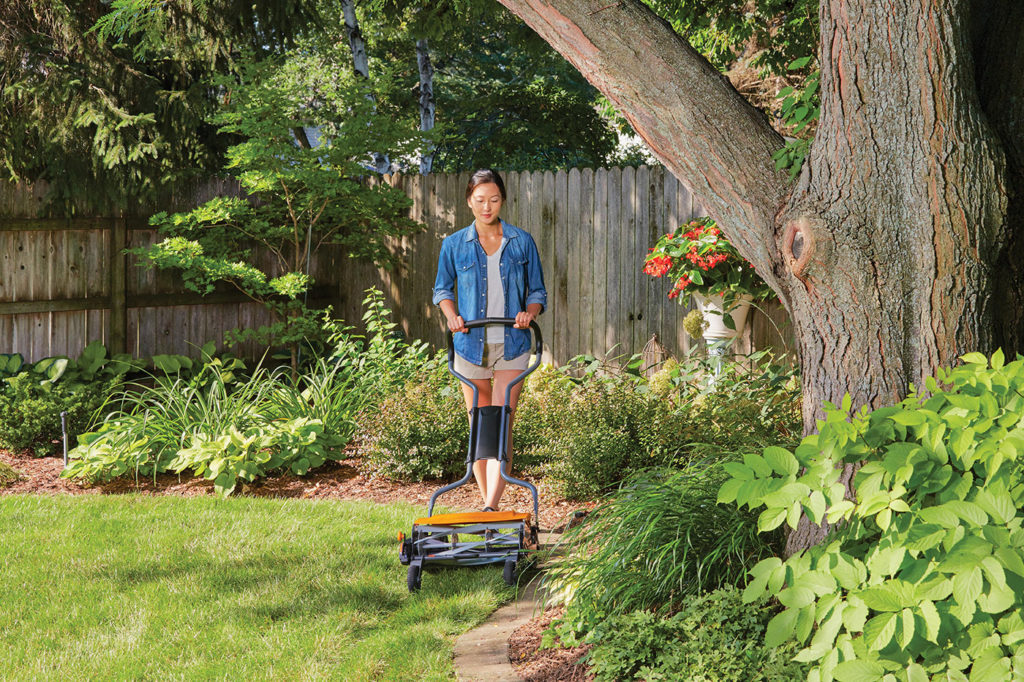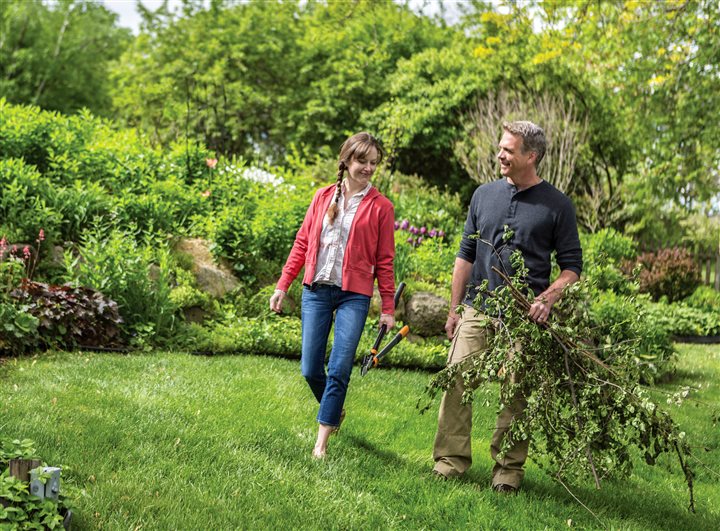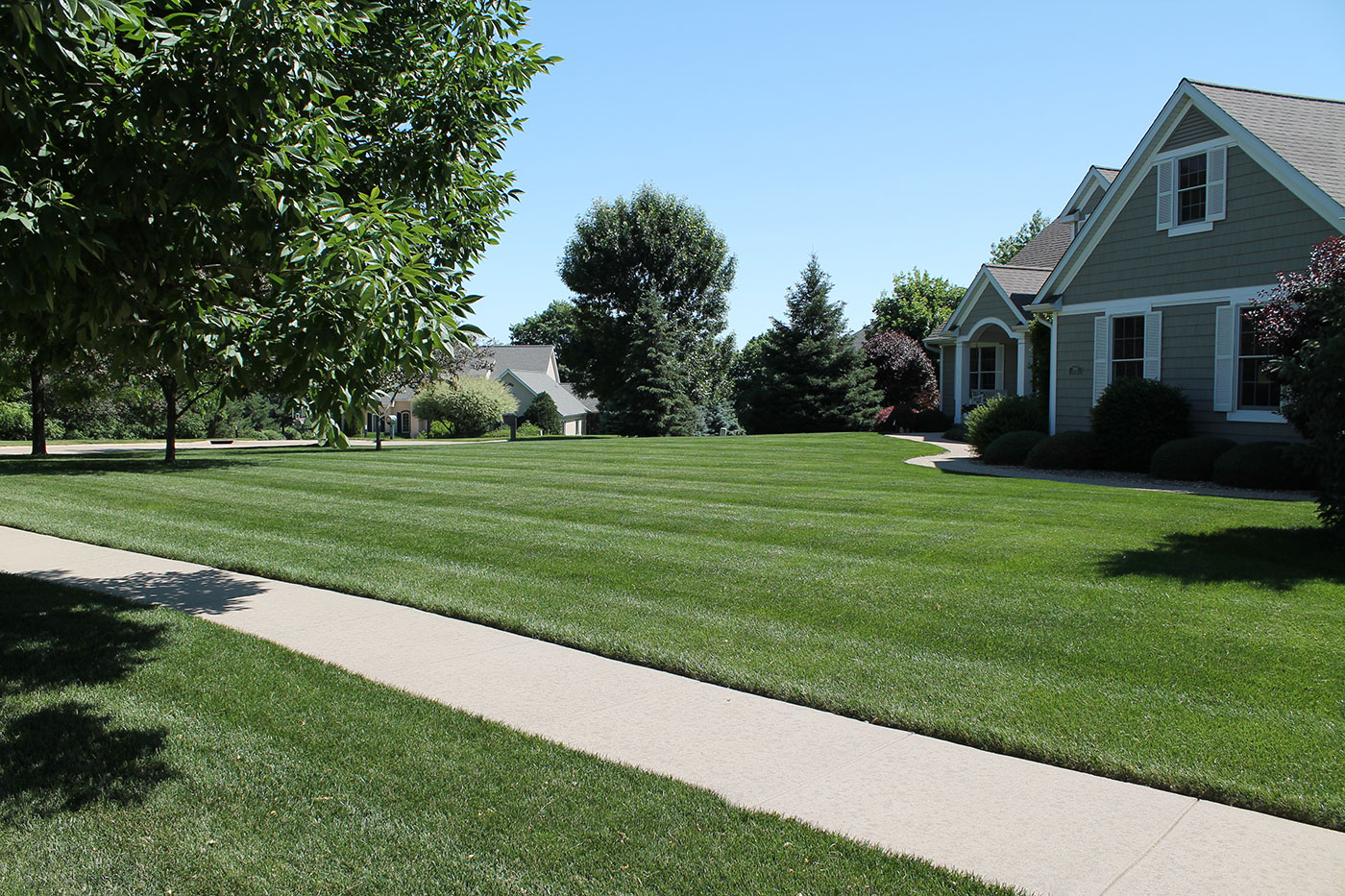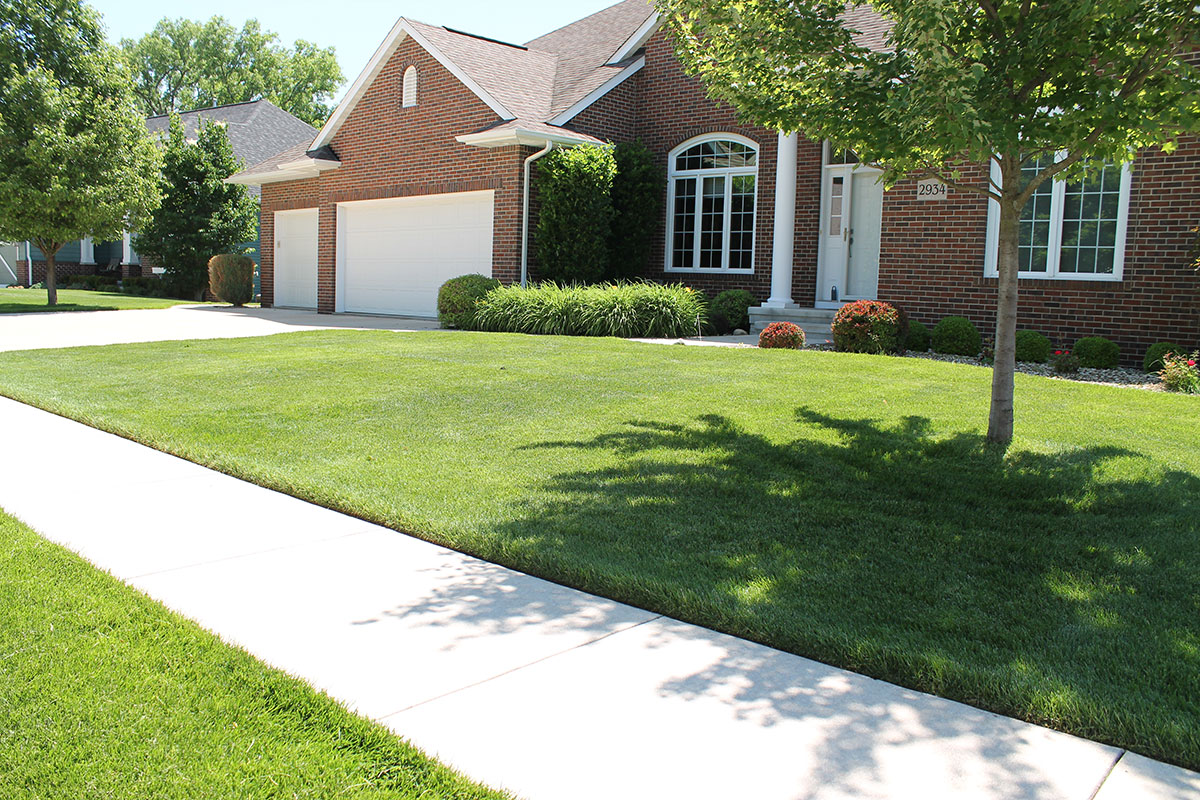If you’ve been waiting to seed those thin or bare patches in your lawn, we suggest timing it between August and September to get optimal results for homeowners in Cedar Rapids and Iowa City. Once the seed is down, it’s important to begin daily watering immediately. At least twice per day is a must in order to keep the surface soil moist. Depending on the heat, additional shots of water may be needed. If the seed has been properly irrigated, you should see germination (sprouting) within a couple weeks. Once the germination process has completed (around four weeks) you can begin to reduce your watering routine to two to three times per week – an application of 1.5” of water at a time is typically sufficient. Seeded areas will need to be watered and fertilized throughout the growing season to allow it to thicken. These first year seedlings will not take drought well and will require your attention to survive the remaining hot summer months.
Once seedlings reach around 3.5” tall, you can include those areas as you mow the lawn. Make sure to leave 2.5” to 3” of the blade remaining – mowing too short will stress this new grass which can allow weed infiltration. Remember, these areas of your lawn can’t receive weed control treatments at this time and you should expect some weeds to show up as the new grass matures.
Avoid heavy foot traffic on these new patches until they’ve been mowed four to fives times. It may take up to a couple full years until these seeded areas reach the full thickness and health of your existing lawn. The speed of recovery ultimately comes down to water access so keep this rhyme in mind – keep it wet to avoid regret!
Remember that Ultralawn is here to help. If you’d like us to assist you in seeding your lawn, give us a call or contact us online for a quote. Every invoice comes with tips and comments related to our visit. See why homeowners in Cedar Rapids and Iowa City know that the grass is always greener (and fuller) on the UltraLawn side of the fence!

